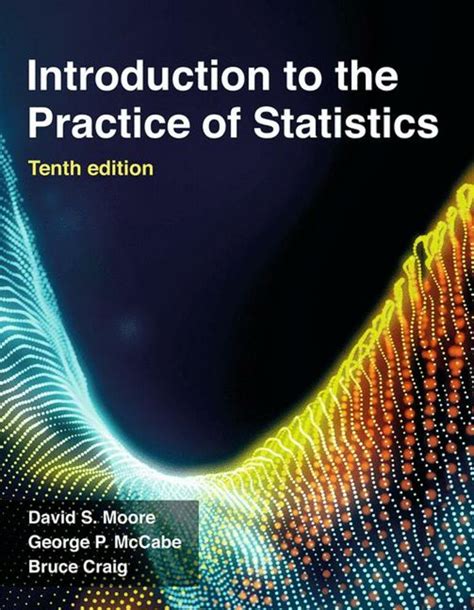What is Statistics?
Statistics is the science of collecting, organizing, analyzing, interpreting, and presenting data. It is used to make inferences about a population based on a sample of data. Statistics is used in a wide variety of fields, including business, economics, psychology, and the social sciences.

Why is Statistics Important?
Statistics is important because it allows us to make informed decisions based on data. By understanding the principles of statistics, we can avoid making decisions based on guesswork or intuition. Statistics can also help us to identify trends and patterns in data, which can be useful for making predictions about the future.
How Can I Learn Statistics?
There are many ways to learn statistics. You can take a course at a local college or university, or you can learn online. There are also many books and websites that can teach you about statistics.
What are the Different Types of Statistics?
There are two main types of statistics: descriptive statistics and inferential statistics.
- Descriptive statistics describe the data that has been collected. They include measures of central tendency, such as the mean, median, and mode, as well as measures of variability, such as the range, standard deviation, and variance.
- Inferential statistics use the data that has been collected to make inferences about a population. They include methods for testing hypotheses, estimating parameters, and making predictions.
What are the Applications of Statistics?
Statistics is used in a wide variety of fields, including:
- Business: Statistics is used in business to make decisions about marketing, production, and finance.
- Economics: Statistics is used in economics to analyze economic data and make predictions about the future of the economy.
- Psychology: Statistics is used in psychology to analyze psychological data and make inferences about human behavior.
- Social sciences: Statistics is used in the social sciences to analyze social data and make inferences about social trends.
Conclusion
Statistics is a powerful tool that can be used to make informed decisions based on data. By understanding the principles of statistics, you can improve your decision-making abilities and make better predictions about the future.
Additional Resources
- The American Statistical Association
- The Royal Statistical Society
- The International Statistical Institute
- Stat Trek
- Khan Academy
